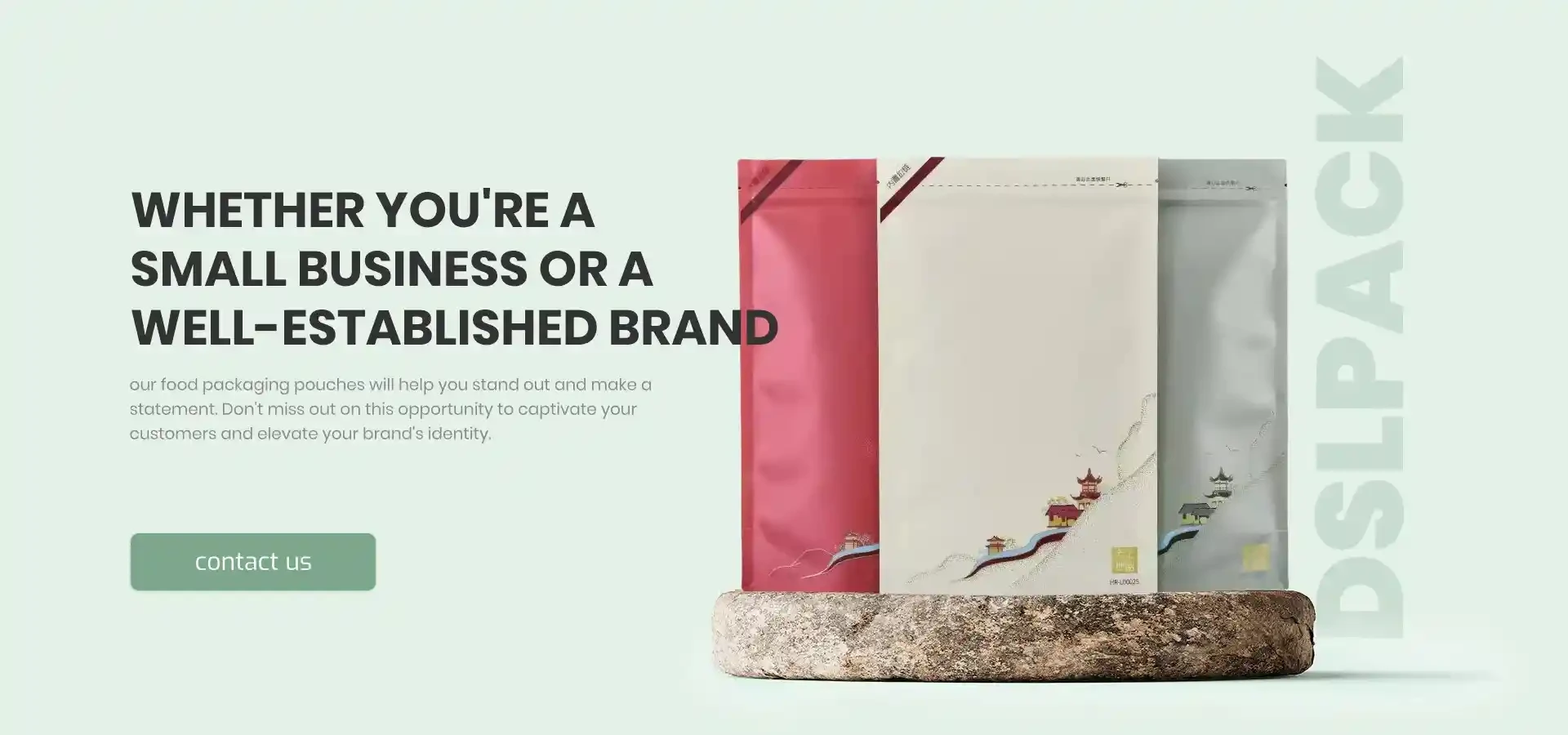- Afrikaans
- Albanian
- Amharic
- Arabic
- Armenian
- Azerbaijani
- Basque
- Belarusian
- Bengali
- Bosnian
- Bulgarian
- Catalan
- Cebuano
- chinese_simplified
- chinese_traditional
- Corsican
- Croatian
- Czech
- Danish
- Dutch
- English
- Esperanto
- Estonian
- Finnish
- French
- Frisian
- Galician
- Georgian
- German
- Greek
- Gujarati
- haitian_creole
- hausa
- hawaiian
- Hebrew
- Hindi
- Miao
- Hungarian
- Icelandic
- igbo
- Indonesian
- irish
- Italian
- Japanese
- Javanese
- Kannada
- kazakh
- Khmer
- Rwandese
- Korean
- Kurdish
- Kyrgyz
- Lao
- Latin
- Latvian
- Lithuanian
- Luxembourgish
- Macedonian
- Malgashi
- Malay
- Malayalam
- Maltese
- Maori
- Marathi
- Mongolian
- Myanmar
- Nepali
- Norwegian
- Norwegian
- Occitan
- Pashto
- Persian
- Polish
- Portuguese
- Punjabi
- Romanian
- Russian
- Samoan
- scottish-gaelic
- Serbian
- Sesotho
- Shona
- Sindhi
- Sinhala
- Slovak
- Slovenian
- Somali
- Spanish
- Sundanese
- Swahili
- Swedish
- Tagalog
- Tajik
- Tamil
- Tatar
- Telugu
- Thai
- Turkish
- Turkmen
- Ukrainian
- Urdu
- Uighur
- Uzbek
- Vietnamese
- Welsh
- Bantu
- Yiddish
- Yoruba
- Zulu
cardboard pop up displays
The Rise of Cardboard Pop-Up Displays in Marketing
In the ever-evolving world of marketing, brands are constantly seeking innovative ways to capture consumer attention. One such method that has gained significant traction in recent years is the use of cardboard pop-up displays. These versatile marketing tools have revolutionized the way brands present their products, engage customers, and enhance their overall marketing strategies.
Cost-Effective and Sustainable
Cardboard pop-up displays are an incredibly cost-effective solution for businesses of all sizes. Unlike traditional display methods that may require significant financial investment in permanent fixtures or materials, cardboard displays offer an affordable alternative. This is especially beneficial for small businesses and startups that may have limited budgets. With inexpensive materials, brands can create eye-catching displays without breaking the bank.
Moreover, the sustainability aspect of cardboard displays cannot be overlooked. As consumers become increasingly eco-conscious, brands are finding it essential to adopt sustainable practices. Cardboard is a recyclable material, and many manufacturers are emphasizing the use of eco-friendly inks and coatings. This alignment with sustainability trends not only appeals to environmentally aware consumers but also enhances brand image.
The Rise of Cardboard Pop-Up Displays in Marketing
One of the most remarkable features of cardboard pop-up displays is their versatility. They can be designed in various shapes and sizes, tailored to fit the specific needs of a campaign or product. Whether it's a small tabletop display for a boutique or a large floor stand for a grocery store, cardboard displays can adapt to any retail environment.
cardboard pop up displays

Customization is another vital component of their appeal. Brands can easily print their logos, product images, and promotional messages directly onto the display. This level of personalization enables businesses to create a cohesive marketing campaign that aligns with their overall brand identity. The opportunity to use vibrant graphics and innovative designs ensures that these displays stand out in a crowded marketplace.
Enhancing Customer Engagement
Engagement is key in marketing, and cardboard pop-up displays facilitate direct interaction with consumers. These displays can be strategically placed in high-traffic areas, drawing potential customers in and encouraging them to learn more about the products. Interactive elements, such as touchpoints or QR codes, can also be integrated into the design, prompting further engagement.
Furthermore, the lightweight nature of cardboard makes these displays easy to transport and set up. This portability allows brands to take their marketing efforts on the road, participating in trade shows, pop-up events, or seasonal promotions with ease. The ability to quickly assemble and disassemble displays means brands can remain agile in their marketing strategies, adapting to different events or store layouts as needed.
Conclusion
In conclusion, the rise of cardboard pop-up displays represents a significant shift in marketing practices. Their cost-effectiveness, sustainability, versatility, and customer engagement potential make them valuable assets for brands looking to stand out in a competitive market. As businesses continue to explore innovative marketing strategies, it is clear that cardboard displays will play a pivotal role in creating memorable and impactful consumer experiences. Embracing this trend not only benefits brands financially but also aligns them with the growing demand for sustainable business practices in today's world.













